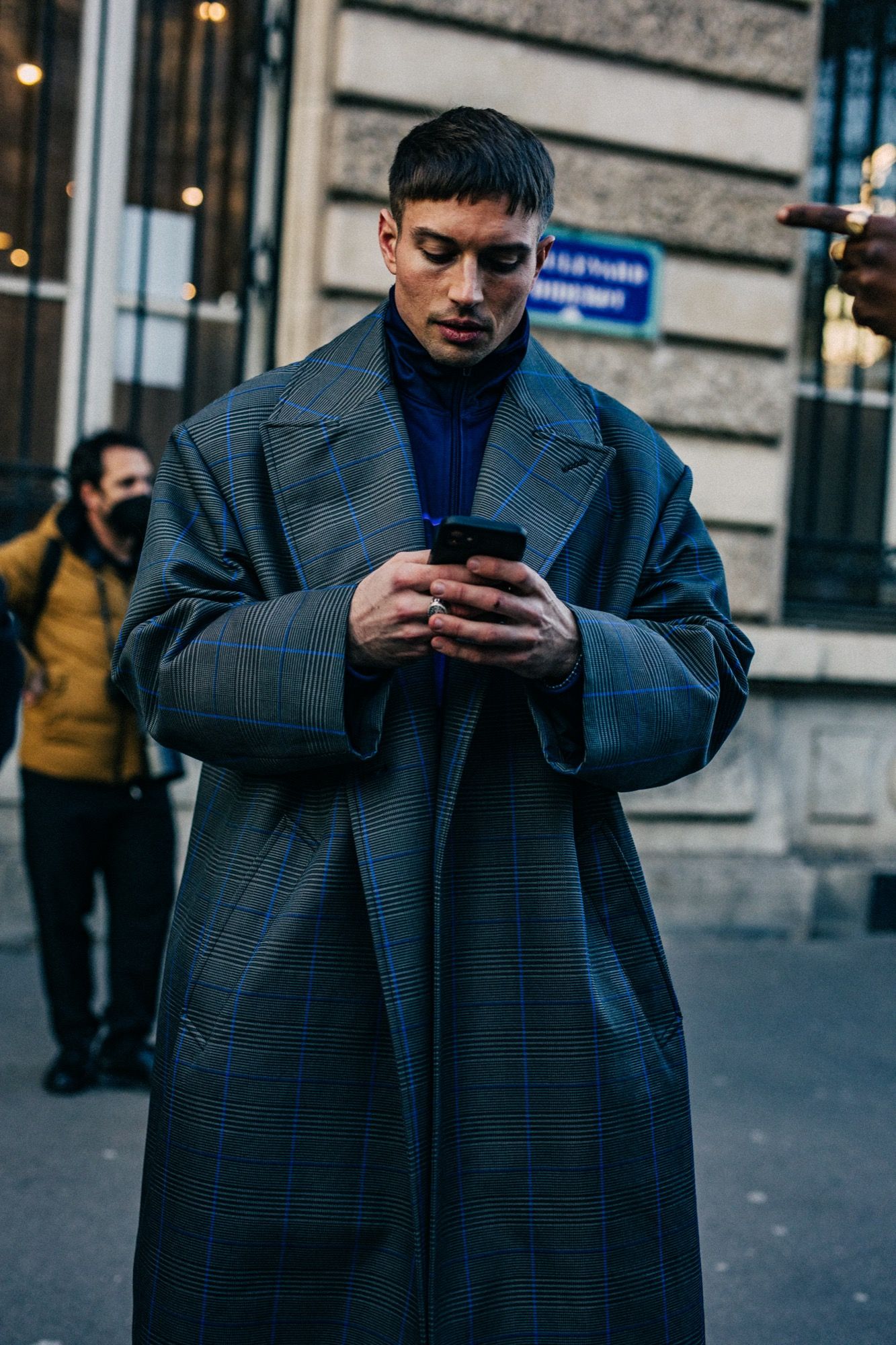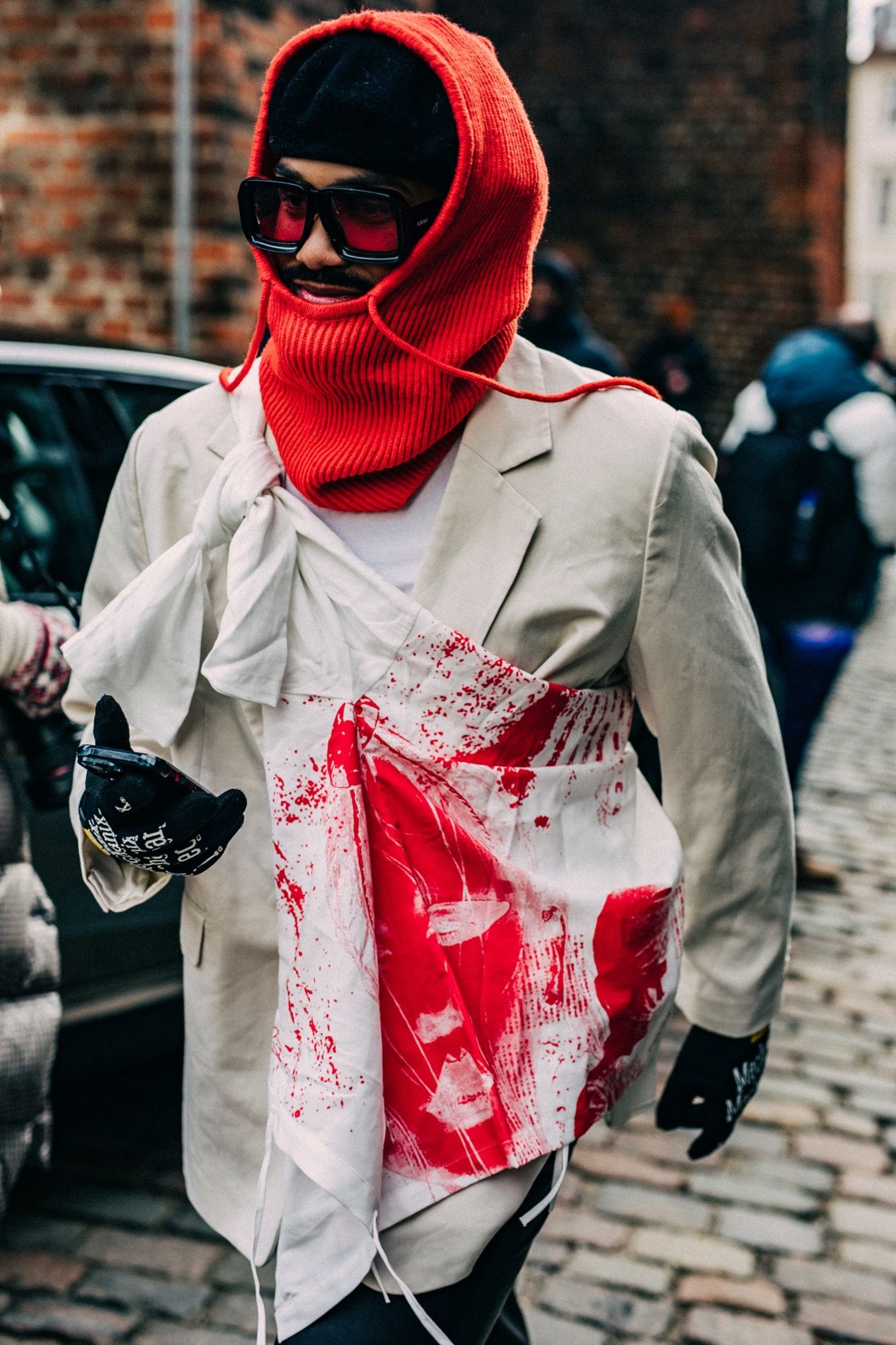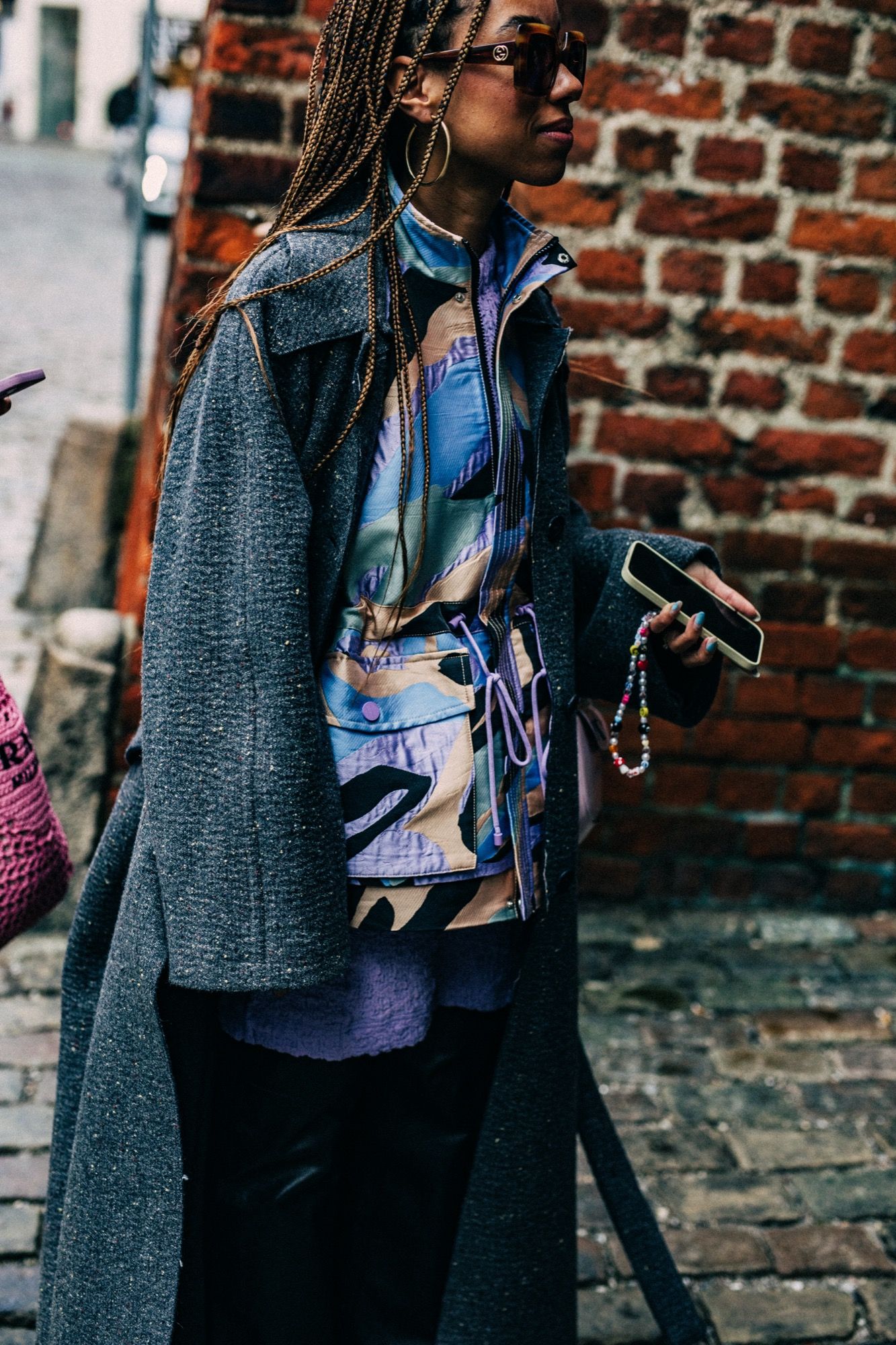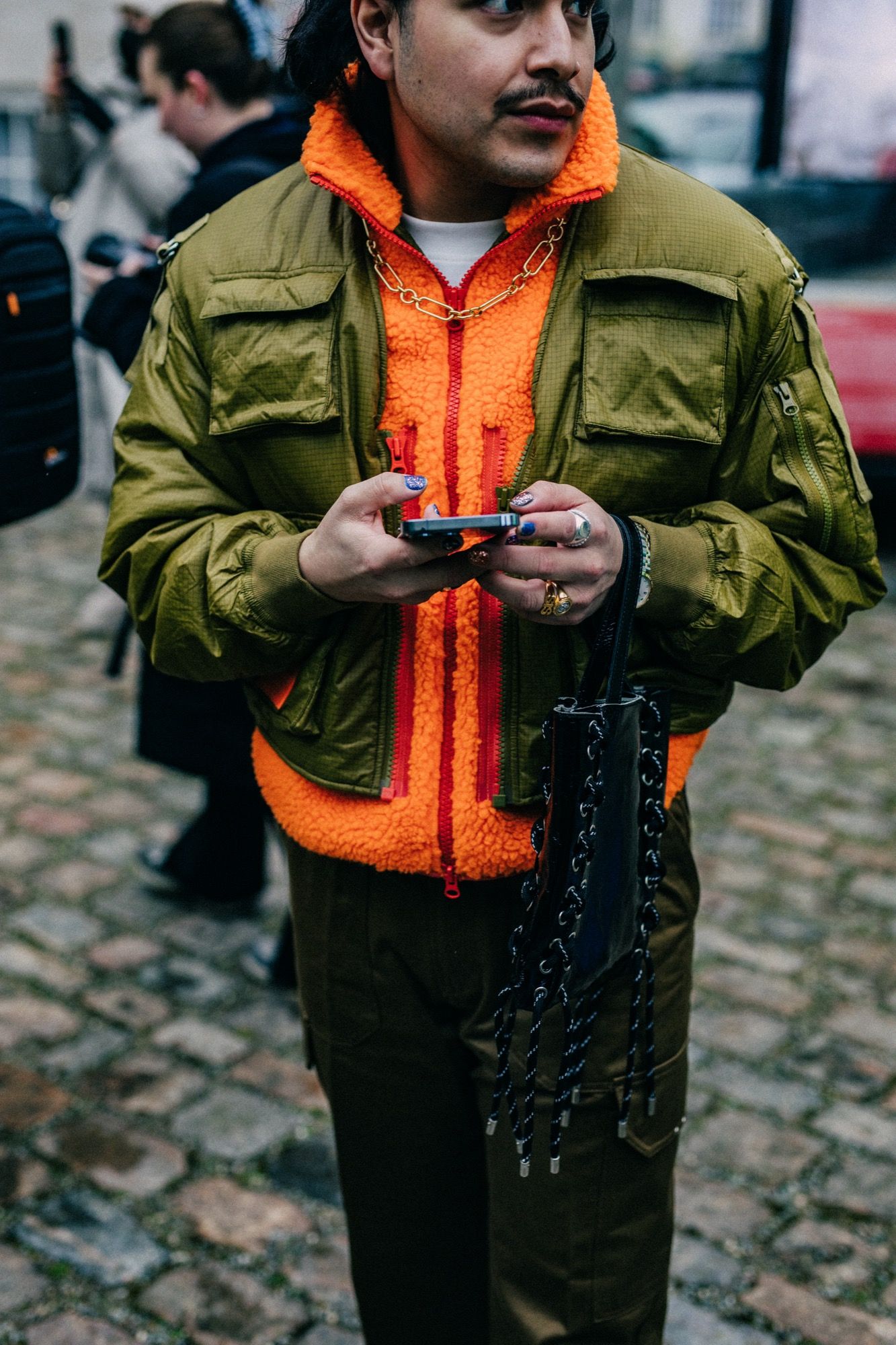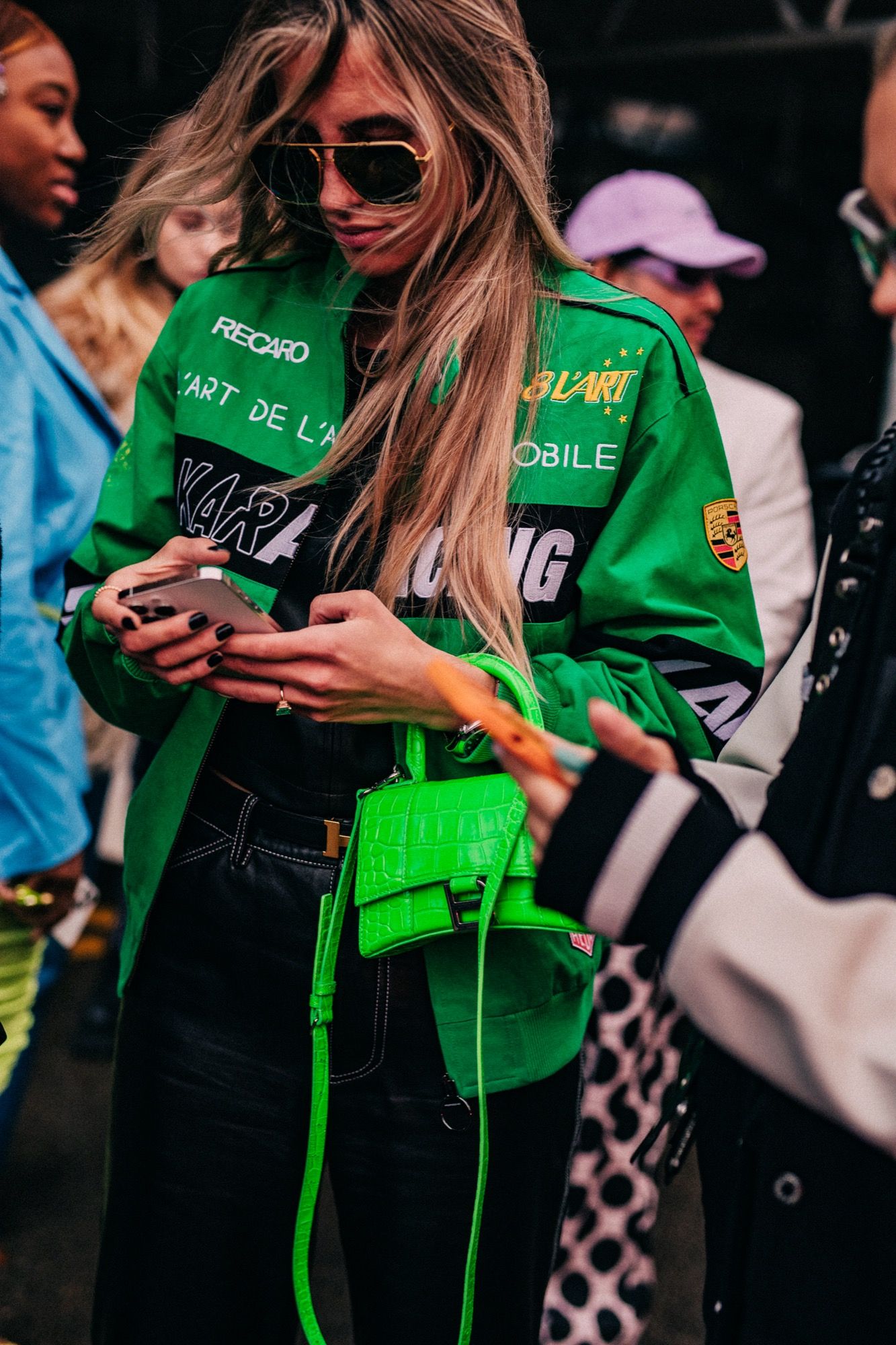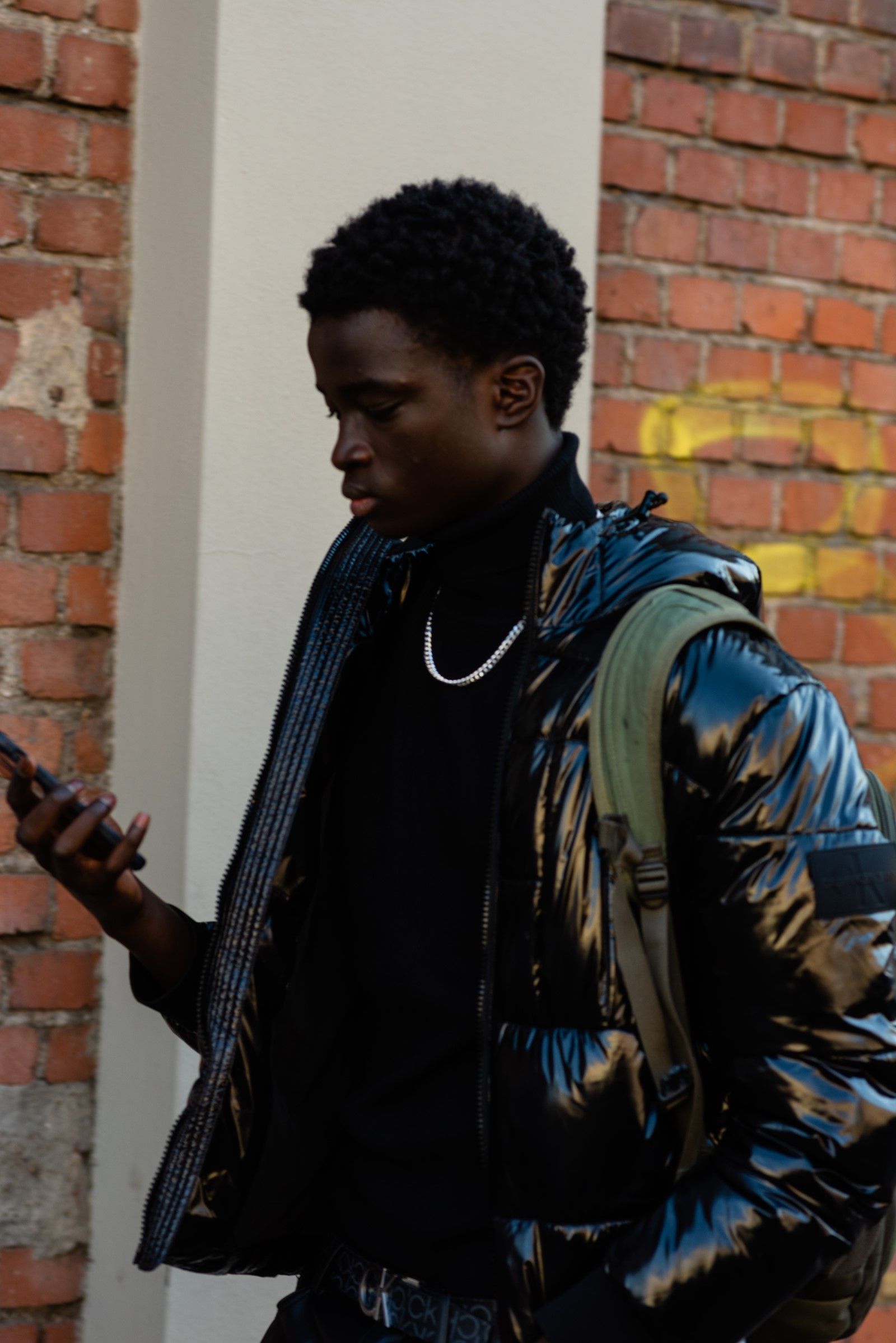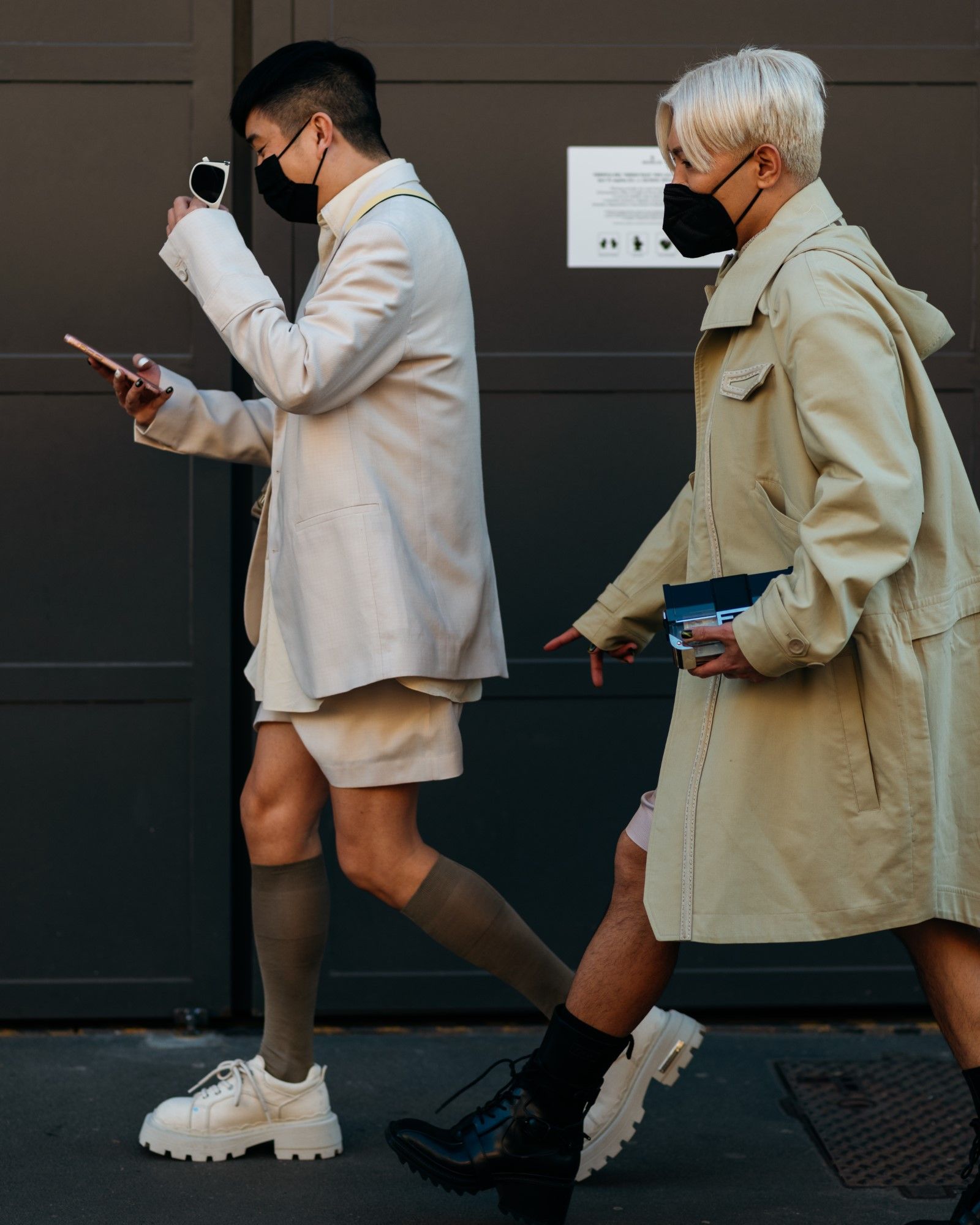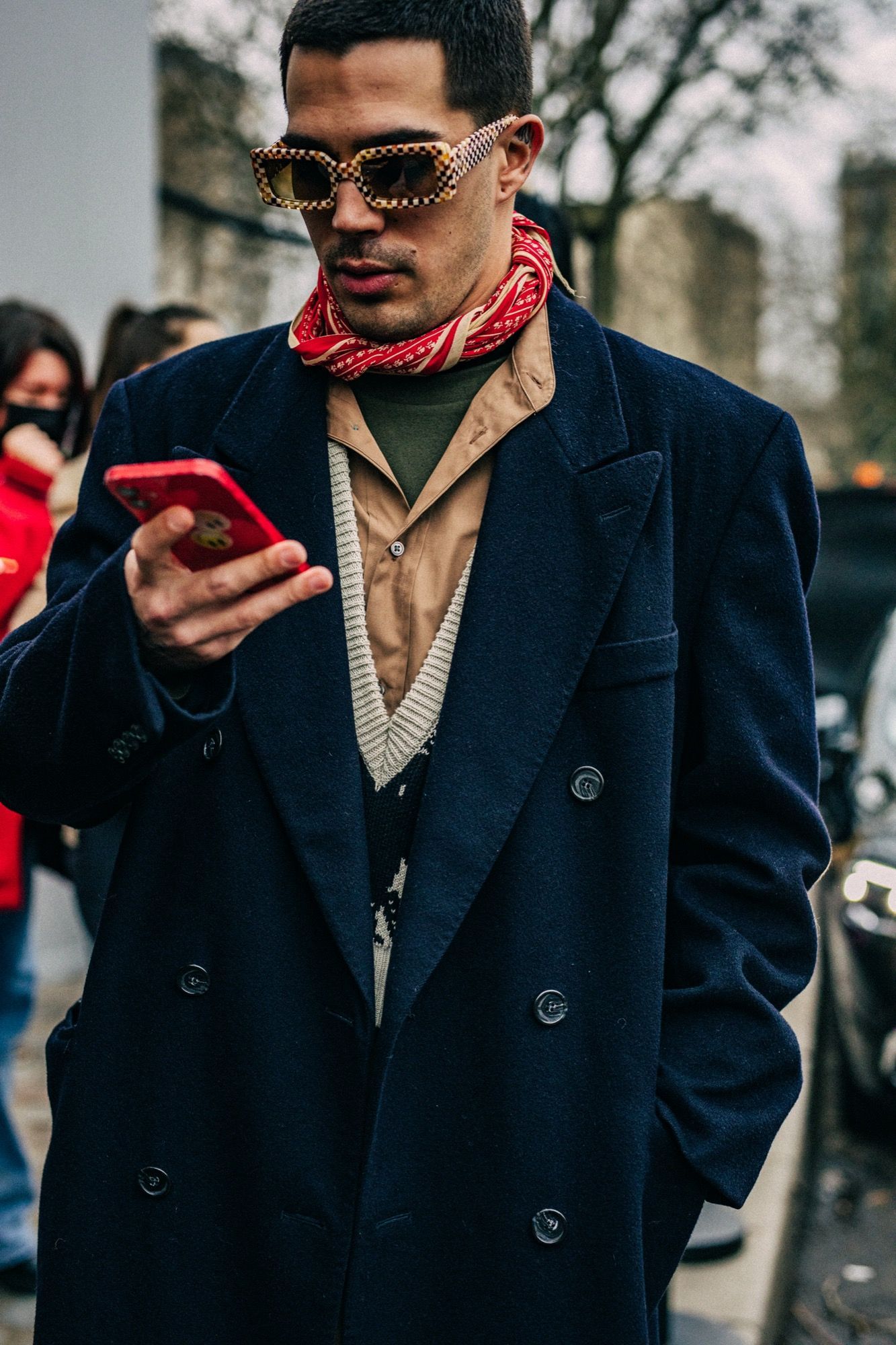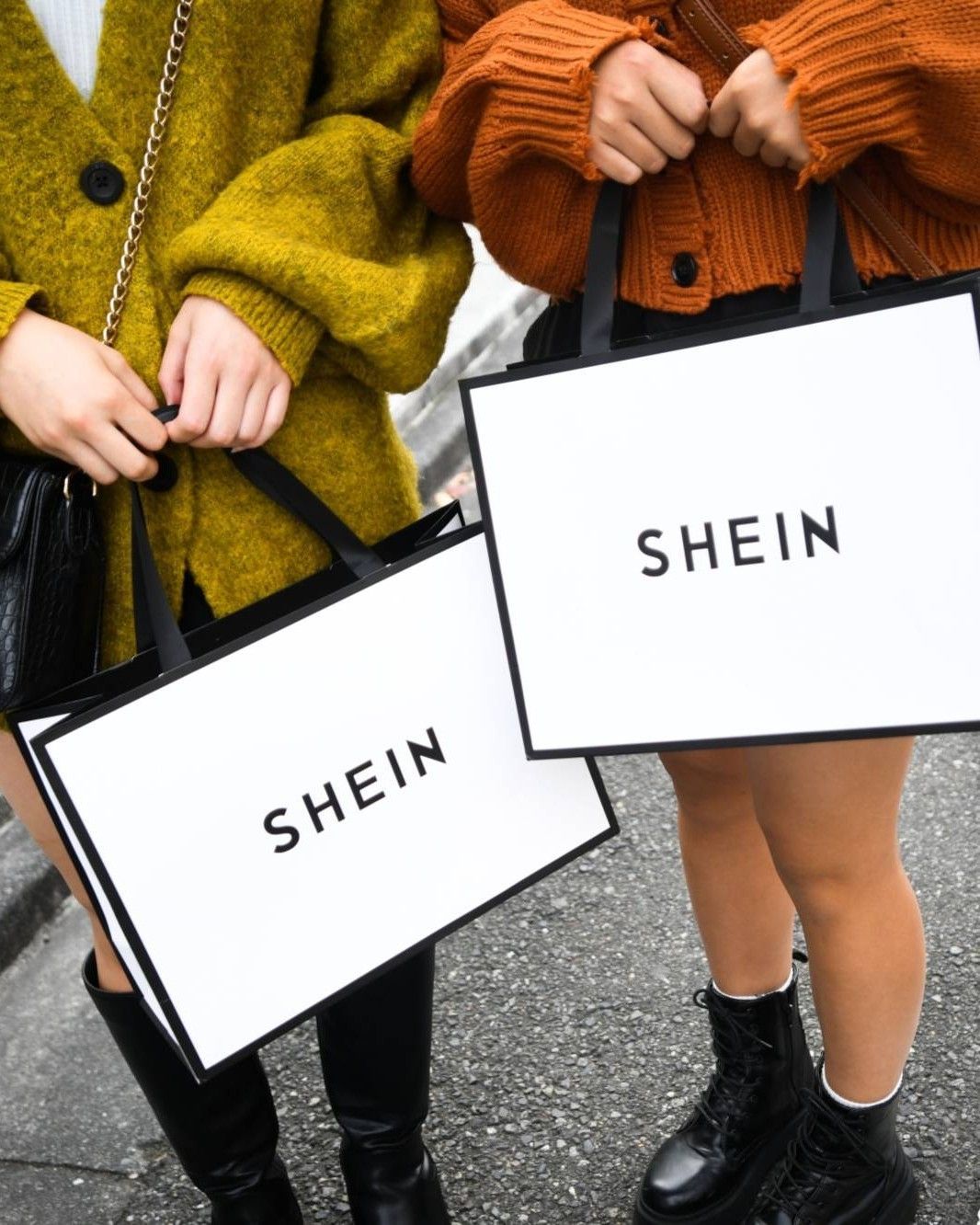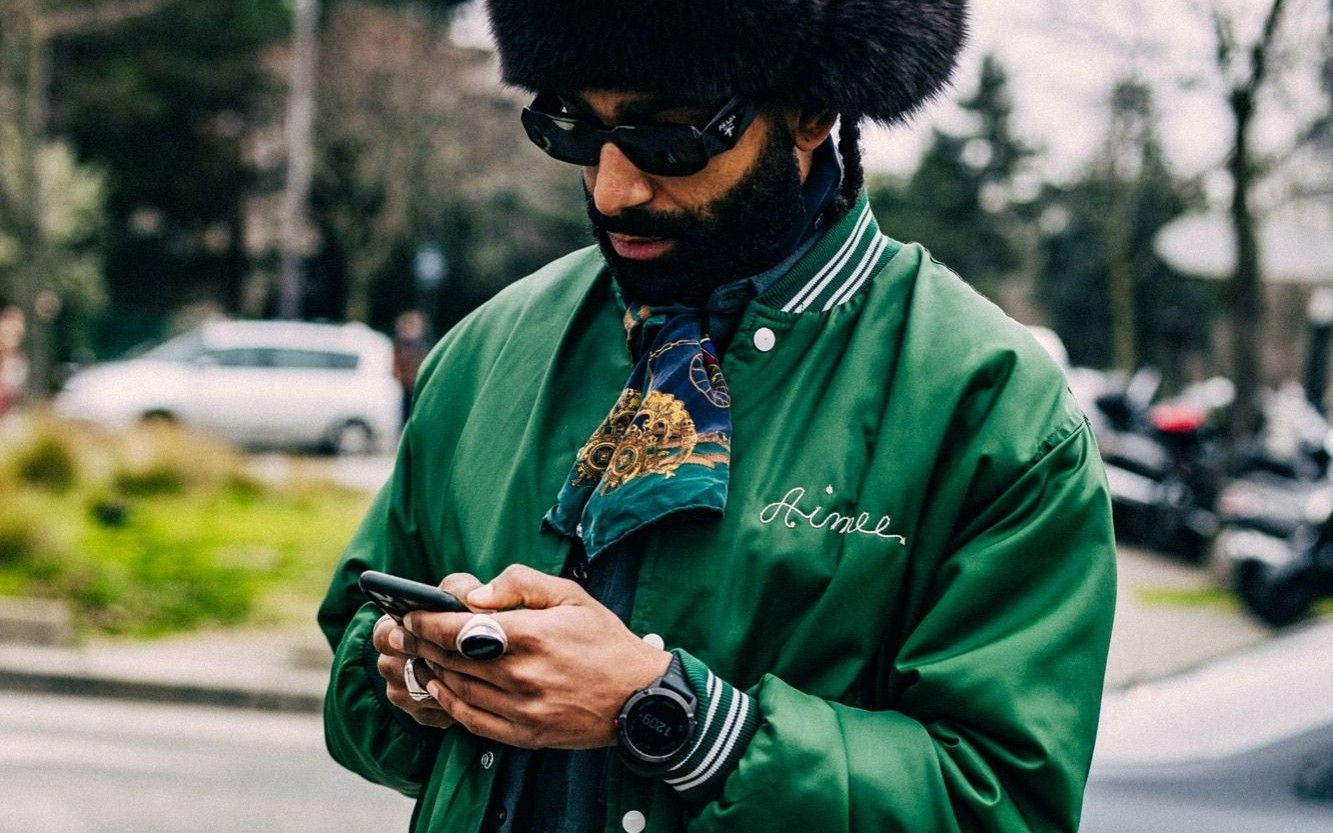
TikTok is running out of trends from the past to bring back After the indie sleaze era, we are left with only the present
TikTok has been, in recent years, the main driver and accelerant of the passion for fashion of new and old generations. And, in fact, in the last year the vast global community of the app has recycled and recovered every type of trend imaginable; has promoted fast fashion in equal measure with Shein and with video hauls, sustainable fashion with re-conditioning and recycling projects, vintage, independent brands and, of course, classic luxury fashion. A constant race towards the new trend, the new trick to buy more clothes or create new ones at home that certainly presents problems related to overconsumption, overproduction and sustainability – but that has led fashion and its many communities to recover trends of the past with growing greed, raiding fashions decade after decade in a kind of nostalgia binge that, however, is now about to run out. If 2021 was the year of Y2K style, today the years from 2007 to 2014 are celebrated under the name of indie sleaze – but what will happen when we have recycled the post-2016 trends?
Traditionally, year plus year less, fashion trends follow twenty-year cycles – with continuous courses and appeals that the app has accelerated to madness. The same can be said for the "culture of subcultures" born in the app: now that in addition to the dark academia there are light, soft and chaotic academia; now that cottagecore has expanded into witchcore, goblincore, forestpunk (it really exists) but also into villagecore, farmcore and prairiecore, subcultures have ceased to be social movements characterized by common and specific lifestyles, beliefs and worldviews to be reduced to aspirational fantasies, moodboard compositional criteria and individual style choices or adoption of visual trends for their social media. That is, eclectic and cross-genre "cultural containers" that include everything from literature and cinema to videogames and board games transforming them into ready-made cultural canons of products to be consumed, whether it is film, music or fashion. It is a search for one's own identity, nothing disconcerting, but that in the case of Gen Z is linked to consumption rhythms accelerated by social media algorithms. According to research by McKinsey, Gen Z, which makes up the 60% of TikTok users, sees «consumption as access rather than possession, consumption as an expression of individual identity, and consumption as a matter of ethical concern».
@thedigifairy Reply to @rebimacrae the cheugy to cool girl pipeline #cheugy#emmachamberlain#devonleecarlson#christiangirlautumn#flaredleggings#cheugymillenial ACOUSTIC HARP - James Madsen
According to tiktoker @thedigifairy, though, at this rate «the trend cycle is collapsing», while according to Bianca Borissova of Screenshot: «the issue with TikTok influencing the fashion space is that now, micro-trends no longer live for three to five years—instead, they die out in a matter of months». The collapsing of trends is due in large part to fast-fashion brands such as Shein that produce new styles of clothes at lightning speed and then promote them through the spree shopping advertised on TikTok under the hashtag #sheinhaul which today has 4.3 billion views. Which, in fashion, has led to a recovery of the concept of timelessness in recent times and, in general, to a search for stability that goes beyond the increasingly ephemeral life cycle of this or that aesthetic. Nevertheless, given that fashion follows the market, at most anticipating its tastes, and not vice versa, the continuous change of aesthetics of the various eras and decades that dominates the collective consciousness of society will put the creative industry in front of a wall: when we have raided the imagination of the last subculture, when we have evoked the last aesthetic of the decade and used the last cultural reference from the past, we will only have the present – whatever aspect it has.










































